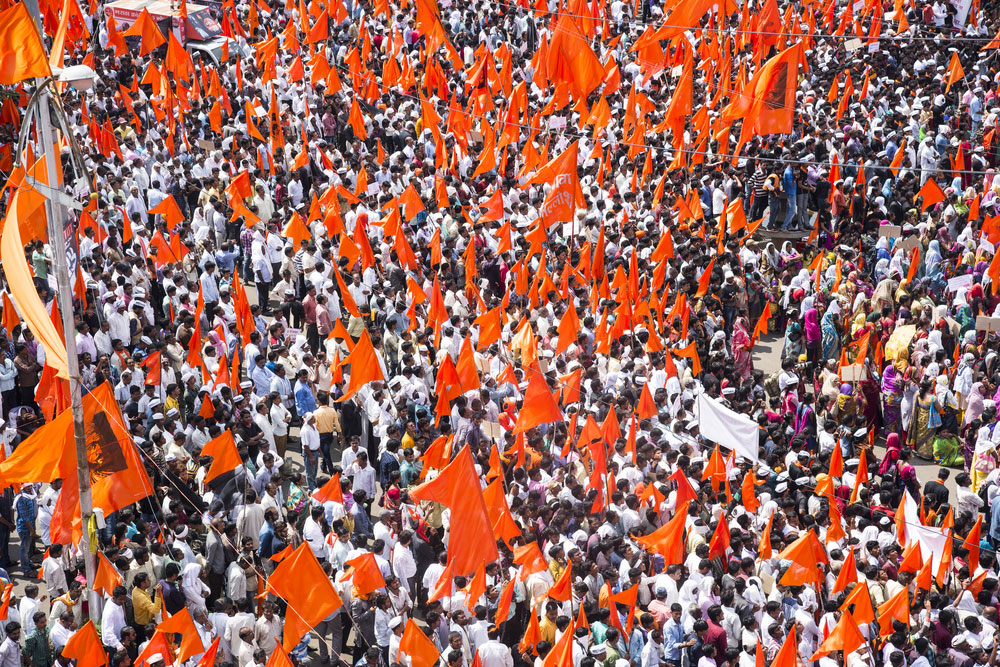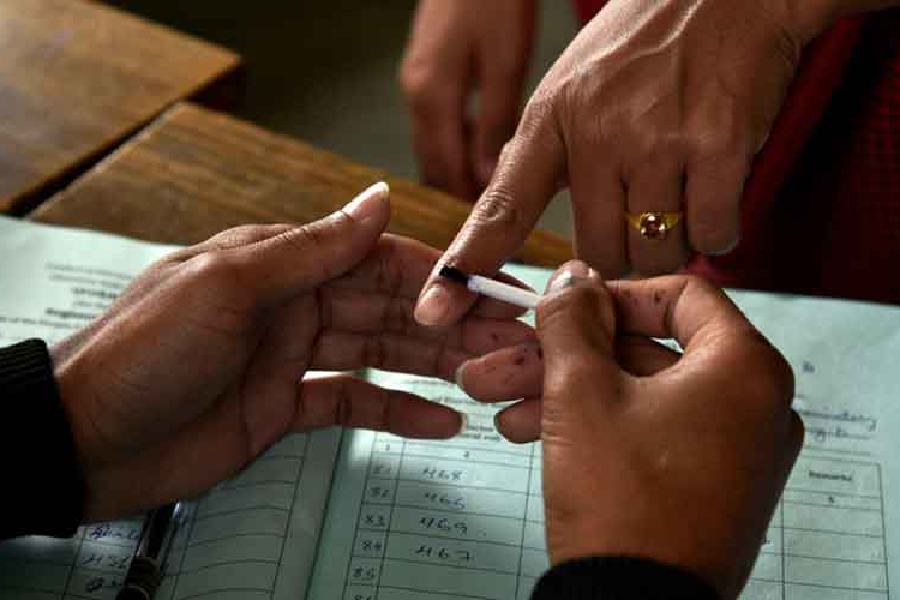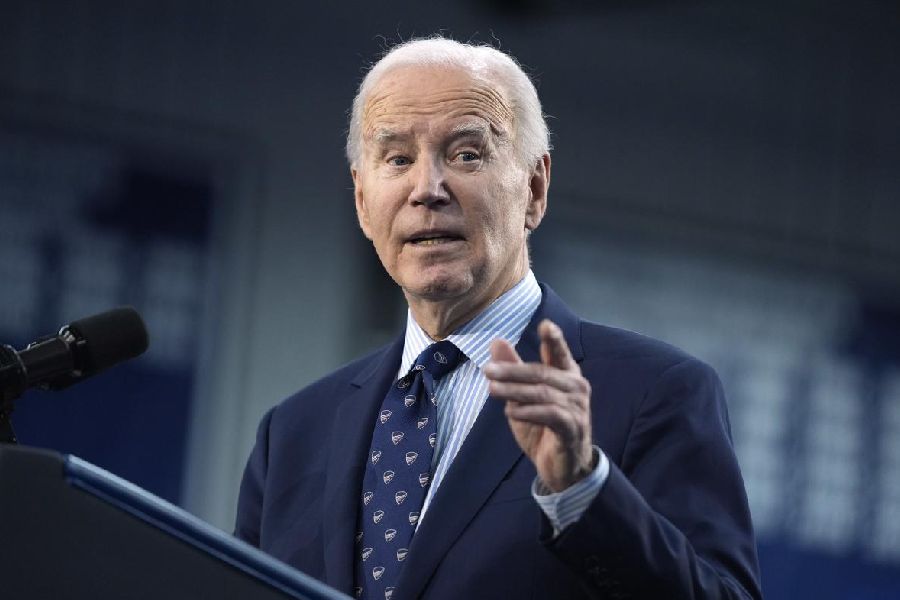It has been argued for some time now that India’s freedom struggle constitutes its first democratic upsurge that fructified into a sovereign nation with a liberal Constitution and universal adult franchise. After nearly 40 years of the working of the Constitution, the social vision in it resulted in the second democratic upsurge in 1990, with the implementation of the Mandal Commission and the inauguration of a new bahujan politics that laid emphasis on the unity among Dalits, Muslims and the backward classes. Almost thirty years after the second democratic upsurge, there has been a social and a political vacuum in Indian politics that has been filled by a resurgent Right and its narrow cultural nationalism project.
The Congress introduced neoliberal market reforms as also the expansion of social egalitarianism with the second democratic upsurge. It was attempting to combine social inclusion with neoliberal economic reforms. What the Right did is to reconstitute this by appropriating the newfound legitimacy of the language of development and deploying it to further its majoritarian agenda. While the Congress built a consensus around neoliberal economic policy, the Bharatiya Janata Party has succeeded in building a conservative social consensus around Hindutva nationalism. The Congress and the regional parties are becoming moderate vessels of majoritarian nationalism without a clear alternative. What India requires is a third democratic upsurge to come out of the current majoritarian impasse. The fruits of the second democratic upsurge should have been appropriated for an egalitarian project. What happened instead is that the Right arrogated the relative improvement in economic opportunities and growing aspirations after the breakdown of the patron-client relations and has been able to offer a muscular model that is appealing to the aspirational mood.
The third democratic upsurge has to re-appropriate the democratization achieved through previous social democratic policy and have a rethink on aggressive neoliberalism. The rise of authoritarian populism, much like the Thatcherite moment in Britain, may have filled the gap but it can be circumvented with the new imagination of the third democratic upsurge, which, in the European context, is being referred to as ‘Left populism’ by philosophers like Chantal Mouffe. The third democratic upsurge thus needs to be built around a new imagination that cuts across castes, classes and religious denominations. It should also present a new opportunity to bring various national, regional and Left parties together. New agendas have to be imagined that can bring castes, classes and religions together. Even as they find spaces to celebrate their specificities, those specificities need not be the only peg around which the mobilization takes place. Instead, a new kind of politics of recognition beyond identity politics has to emerge. This could constitute the new social agenda and policy direction, as part of which one could imagine policies, such as those on the social front, that would emphasize education and a ‘Common School’ system in which the government provides for quality and free education for all. This can help overcome religious and caste-based ghettoization by encouraging social groups to study together and shun prejudices. One could also encourage such modes of local participation as mohalla sabhas and mohalla clinics where health and education can be linked to meaningful political participation.
The class solidarity must include the upper middle classes and professionals that were mobilized on the issue of corruption. These constituencies have moved considerably to the Right. The left-progressive mobilization must find a model that leads towards social egalitarianism. This model could include issues of social security, employment, better economic opportunities in combination with the questions of anomie, boredom and loneliness. Ecological and environmental imperatives could also be used to draw the urban middle classes and provide them with an opportunity to discover their inter-dependence with rural hinterlands and the distressed peasantry.
The third democratic upsurge has to drastically change the political idiom of left-progressive forces. They will have to move beyond established ideological frames and expropriate popular imagination and local cultural idiom. The anti-elitist project is at the heart of the rise of the Right. Everyday experiences and affective politics need to be linked to myth, history and memory, emotions and local traditions. Finally, narrow nationalism has to be countered with robust patriotism that redefines the love for the nation as the well-being of all. There must be recognition that nationalism symbolizes the human urge for deeper bonds, stronger faith, and a sense of belonging which, by themselves, are positive impulses.












